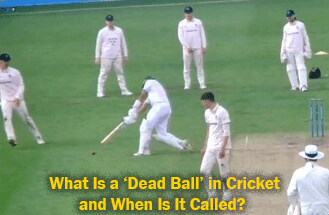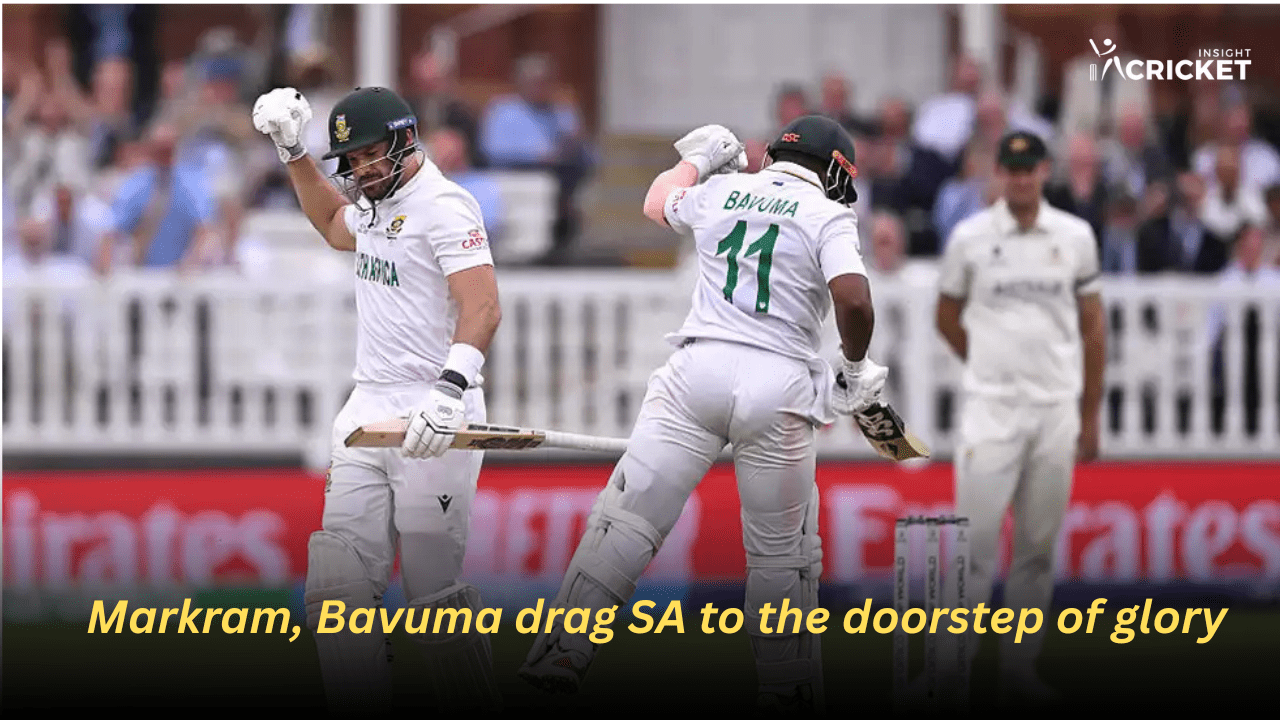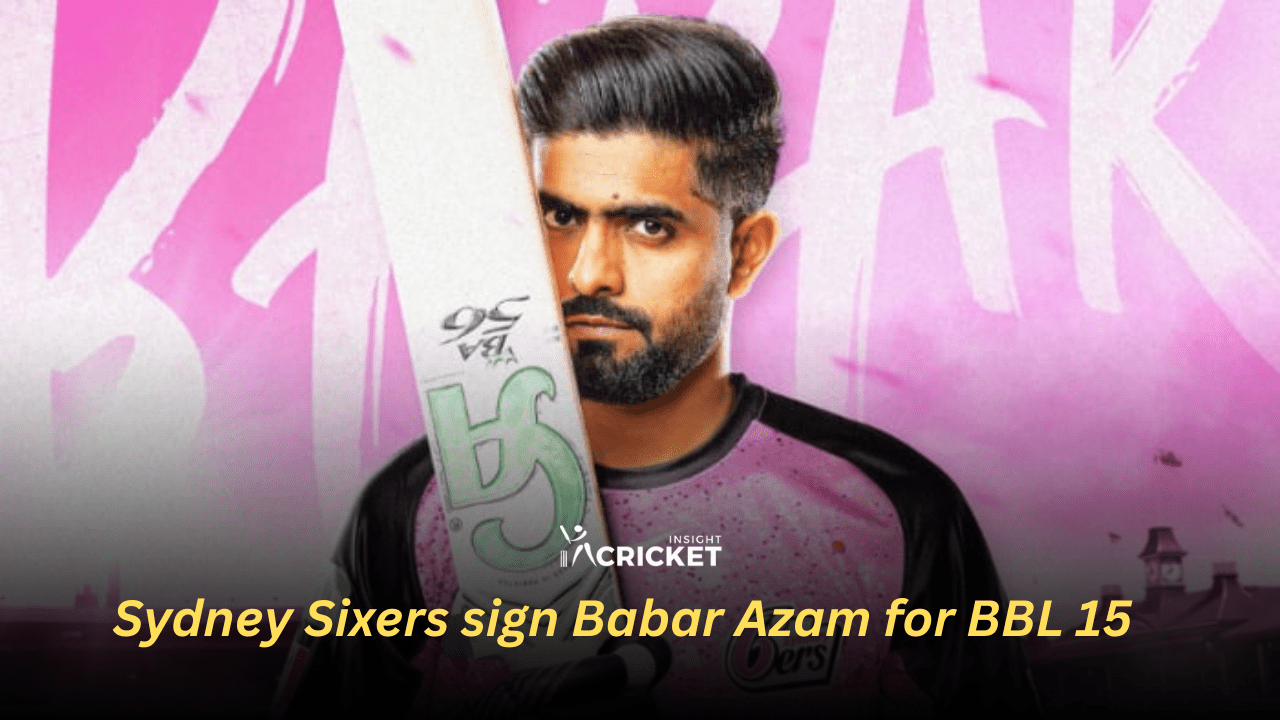What Is a ‘Dead Ball’ in Cricket and When Is It Called?
What Is a ‘Dead Ball’ in Cricket and When Is It Called?
If you’ve watched cricket and heard the commentator or umpire say “dead ball,” you might have wondered what exactly it means. Whether you’re a seasoned fan or new to the game, understanding this common but confusing rule can give you a deeper appreciation of cricket.
What Is a Dead Ball?
In simple terms, a dead ball in cricket means the ball is no longer in play, and no further runs, dismissals, or actions can occur until the next delivery.
Once a ball is declared “dead,” the game pauses — batters can’t run, bowlers can’t appeal, and fielders must return the ball to the bowler or umpire.
When Is a Ball Called ‘Dead’?
Here are the most common situations when a ball is considered dead:
1. After a dismissal
Once a batter is bowled, caught, run out, or otherwise dismissed, the ball becomes dead immediately.
2. When the ball crosses the boundary
If the ball touches or crosses the boundary (for a four or six), it’s dead as soon as it touches the rope or ground beyond it.
3. If the umpire intervenes
Umpires can call a dead ball if:
- A batter wasn’t ready when the ball was delivered.
- A disturbance or crowd issue interrupts play.
- The bowler stops mid-run-up.
4. When the ball lodges in the pads or equipment
If the ball gets stuck in a player’s clothing, pad, or helmet grill, the umpire calls it dead.
5. After a no-ball or wide (once the play ends)
Even though a no-ball or wide is an illegal delivery, once the outcome of that ball is done (like a run or boundary), the ball becomes dead.
6. No further chance of dismissal or run
If it’s obvious that no more runs can be taken and no dismissal is possible, the umpire considers the ball dead.
What You Cannot Do After a Dead Ball:
- Take more runs
- Attempt to get a batter out
- Appeal for anything
If players act after a ball is declared dead, the umpire may intervene or penalize if needed.
Strategic Impact of Dead Ball:
Understanding when a ball is dead helps:
- Fielders avoid unnecessary throws
- Batters prevent risky extra runs
- Bowlers reset their focus between deliveries
🧠 Fun Fact:
In rare cases, the umpire may not immediately call a dead ball, especially in chaotic run-out or overthrow situations, allowing play to continue until it naturally stops.
In Summary A dead ball signals a pause in play, helping maintain order and fairness. While it may seem like a minor technicality, understanding when and why it’s called is essential for every serious cricket follower.
Share this content:






Post Comment